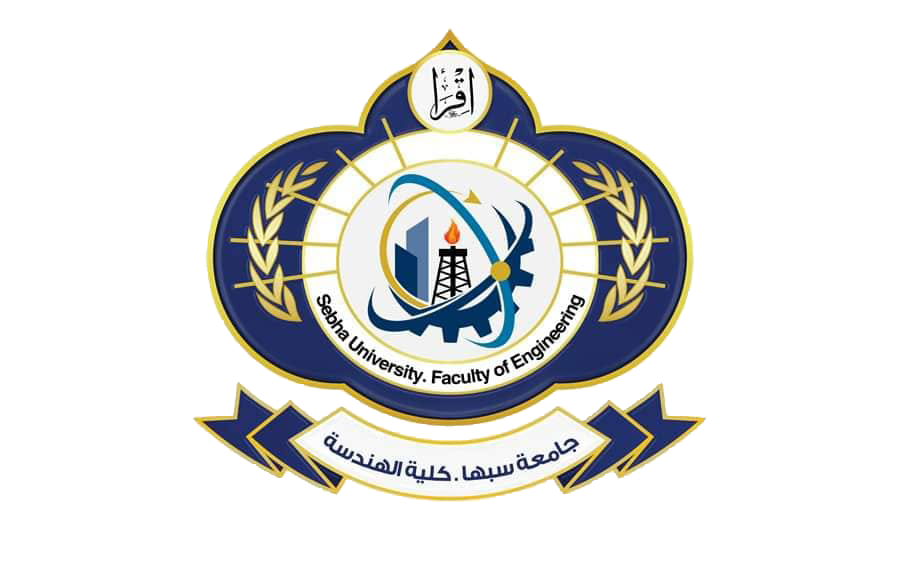Vision, mission and goals
Vision, mission and goals
Vision :
The Civil Engineering Department strives to be a local and global respect in terms of quality of higher education, a local and global leadership center in scientific research, and an effective base for community service and leadership.
the message :
The department seeks to graduate civil engineers equipped with the foundations of basic and applied sciences and skills in accordance with international standards and the requirements of civil projects, and these sciences include different and modern building materials and basic theories of building analysis that lead to the proper design of reinforced concrete structures, metal structures, water and marine installations, and hydraulic stations. Modern and traditional methods of land and air sciences are also taught in addition to transport engineering and design of road and rail networks. Attention is also given to health and environmental engineering, water and wastewater feeding networks and related facilities. The department’s mission extends to upgrading the capabilities of graduates by organizing conferences, courses and workshops in addition to offering master’s programs in postgraduate studies. The department also contributes to community service through the participation of its members in the Center for Studies and Engineering Consultancy for the design and supervision of the implementation of civil engineering projects and the development of appropriate solutions to problems that arise On the various facilities in Libya.
Objectives :
The department aims to prepare the student for assimilation and training on the following: -
- The basics of statics and dynamics, which help the student to analyze the various installations with the aim of arriving at a correct and economical structural design, whether these installations are metal - reinforced concrete - prestressed concrete - or composite sectors (metal + concrete). Examples of these facilities are: multi-storey buildings, towers, bridges, ground installations ... etc
- The basic theories of hydraulics that help the student to design water and marine installations.
- Modern and traditional methods of space include: topographic area - pictorial area.
- Transportation engineering, including planning and design of road and rail networks (in the future).
- Sanitary and environmental engineering, which includes water networks, sewage networks and related facilities.
- Construction methods for different facilities and how to overcome difficulties that may arise during implementation.
- Quality control during the various stages of plant implementation, including: business administration - inventory of business quantities.





 Users Today : 13
Users Today : 13 Users Yesterday : 329
Users Yesterday : 329 This Month : 8594
This Month : 8594 This Year : 8594
This Year : 8594 Total Users : 336695
Total Users : 336695 Views Today : 55
Views Today : 55 Total views : 1425531
Total views : 1425531 Who's Online : 1
Who's Online : 1